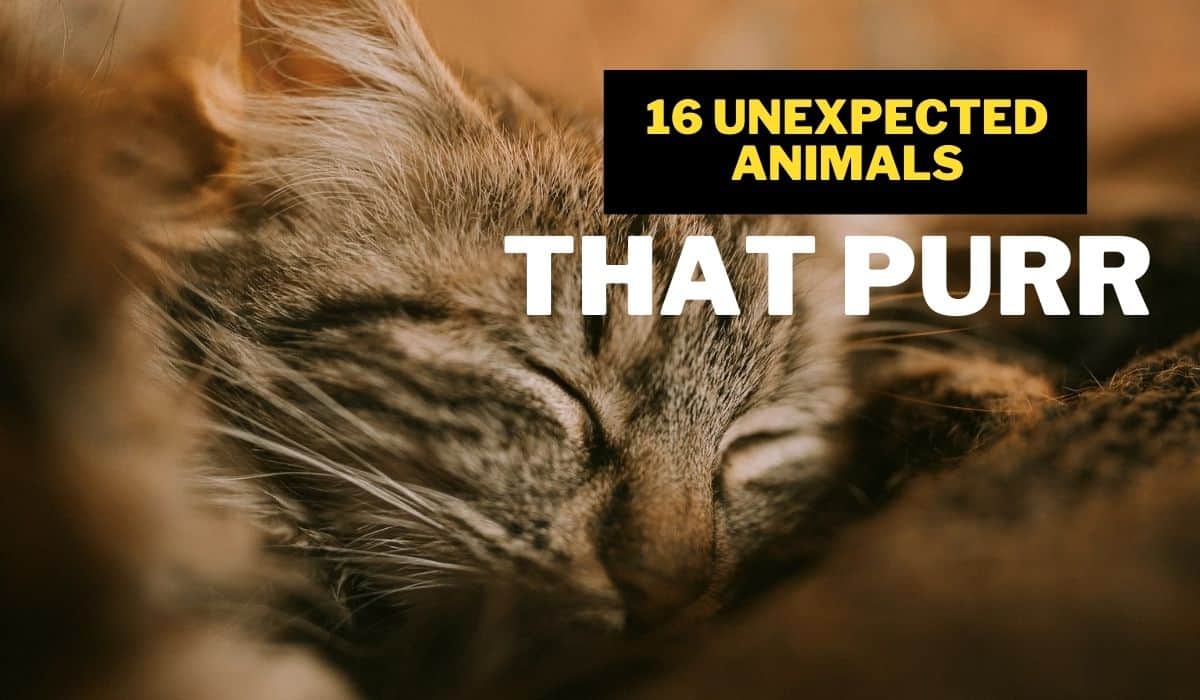Purring is a sound that most of us associate with contentment and peace, often heard from our feline companions curled up in a cozy corner. However, beyond the well-known common house cat, a variety of unexpected animals possess the ability to purr, each with its unique reasons and mechanisms.
Enjoy our list of these unexpected purr-ducers!
What Is Purring?
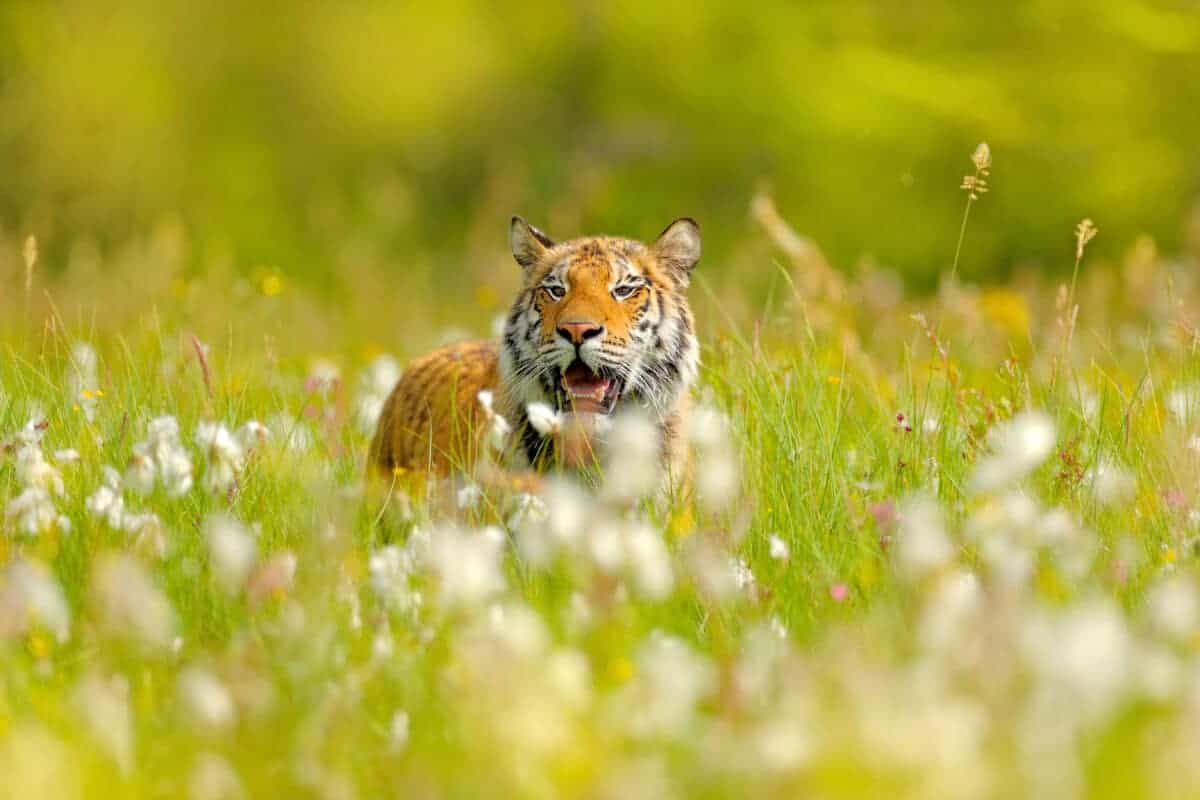
Purring is a continuous, soft, vibrating sound made by some animals, most notably domestic cats. It is produced during both inhalation and exhalation, creating a consistent, rhythmic pattern.
While purring is often associated with a state of contentment, it can also be a response to fear, pain, or distress. This unique sound serves various communicative purposes among more animals than you’d think!
#1 Polka-Dotted Purrers: Guineafowl
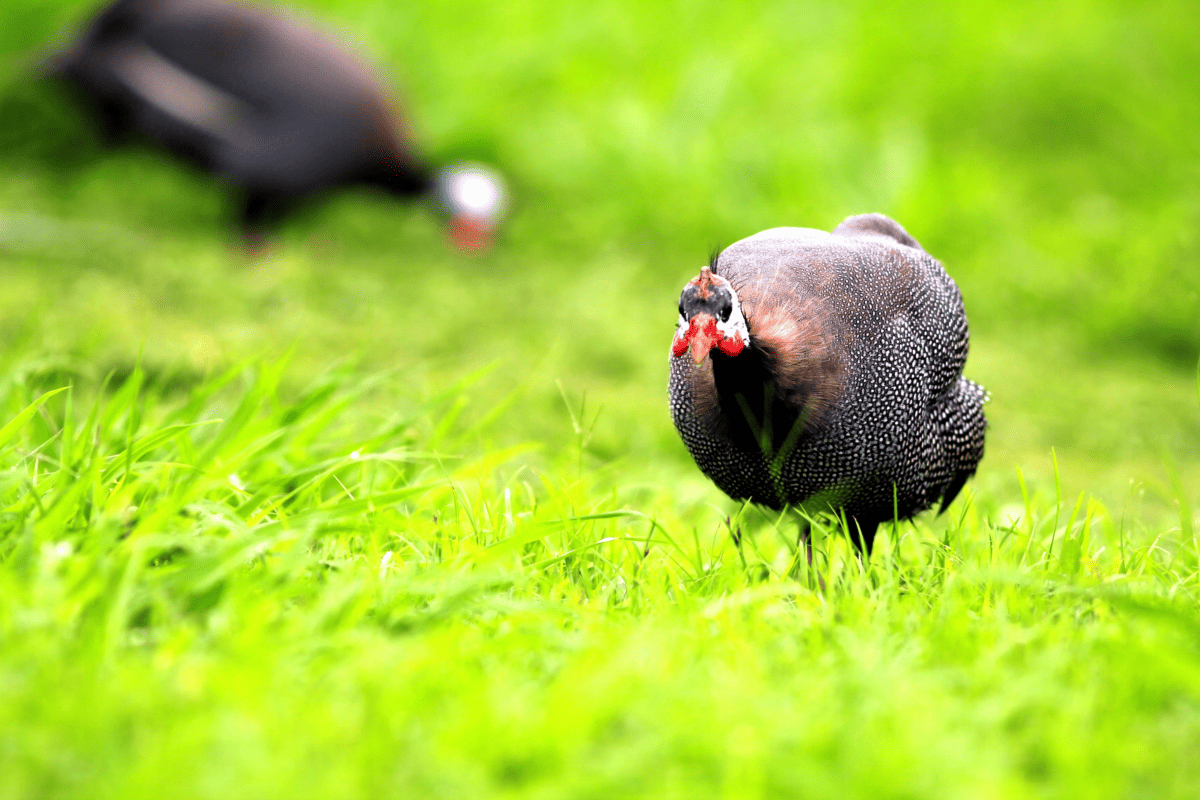
Among the feathered members of the animal kingdom, guineafowl hold a surprising secret – they can purr.
This ground-dwelling bird, known for its distinctive polka-dot feathers, produces a soft, purring sound, particularly in moments of contentment or when roosting. This behavior offers a soothing means of communication within the flock, reinforcing social bonds.
#2 Giants’ Whispers: Elephants
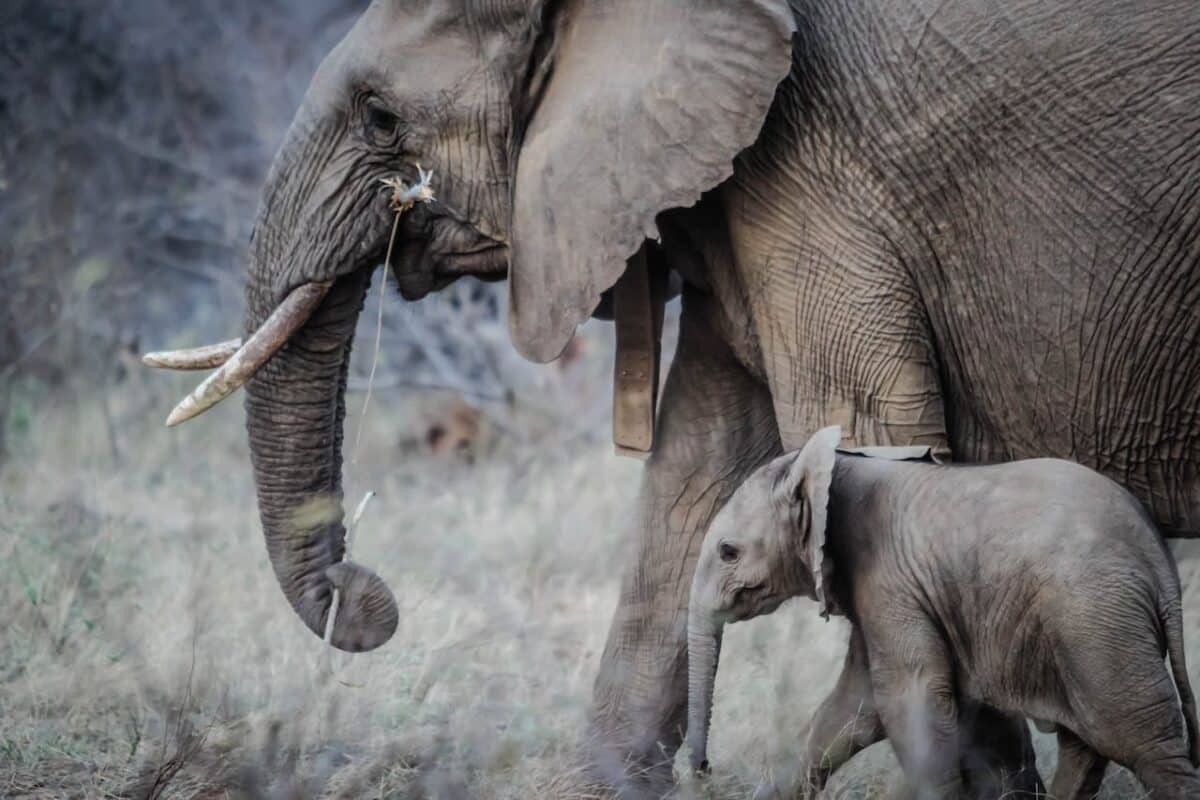
The gentle giants of the savannah, elephants, also share this intriguing ability. They produce a low-frequency purr that is more felt than heard, a vibration through the ground that can communicate contentment and well-being over long distances. This form of purring plays a crucial role in the social interactions and bonding of elephant families.
#3 Silent Bliss: Rabbits
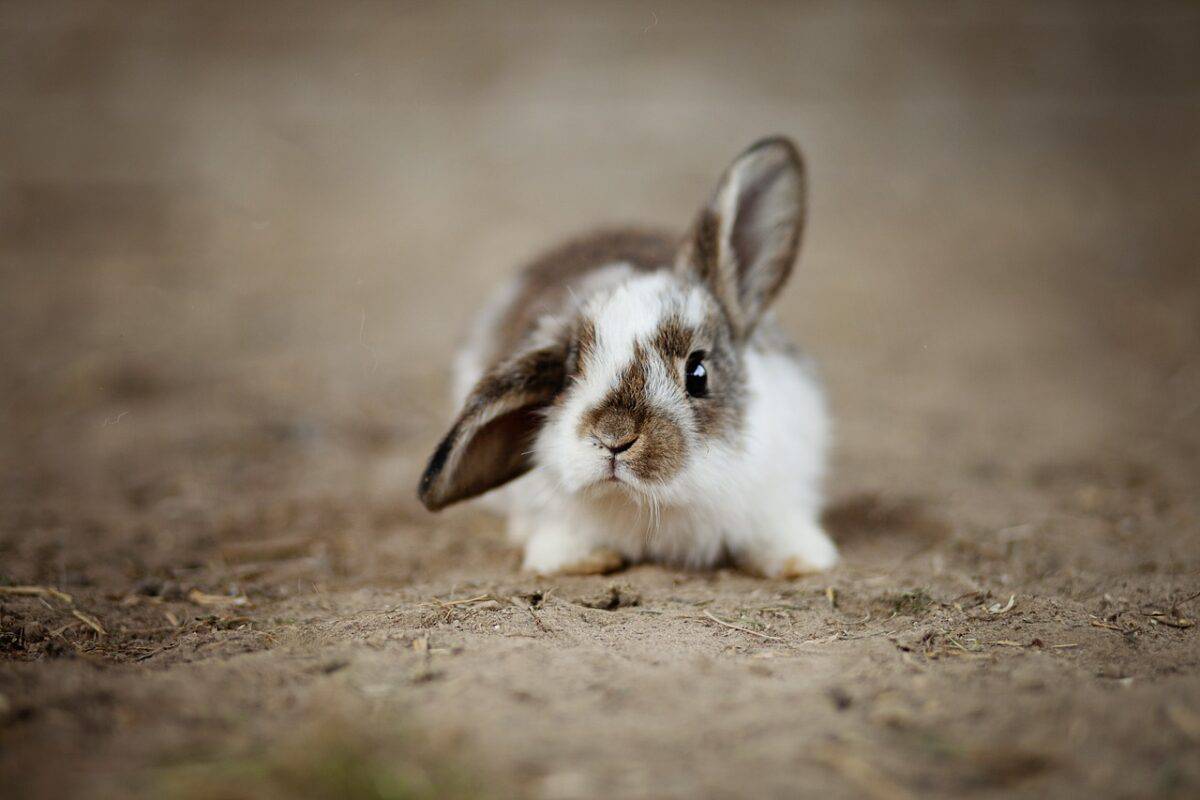
Rabbits, with their soft fur and twitching noses, are more vocal than one might assume. When content, especially when being petted or cuddled, rabbits can produce a gentle purring sound.
Surprisingly, this sound doesn’t actually emanate from their throats but results from the gentle grinding of their teeth, a heartwarming sign of their happiness and comfort.
#4 The Gentle Sid of the King of the Jungle: Gorillas
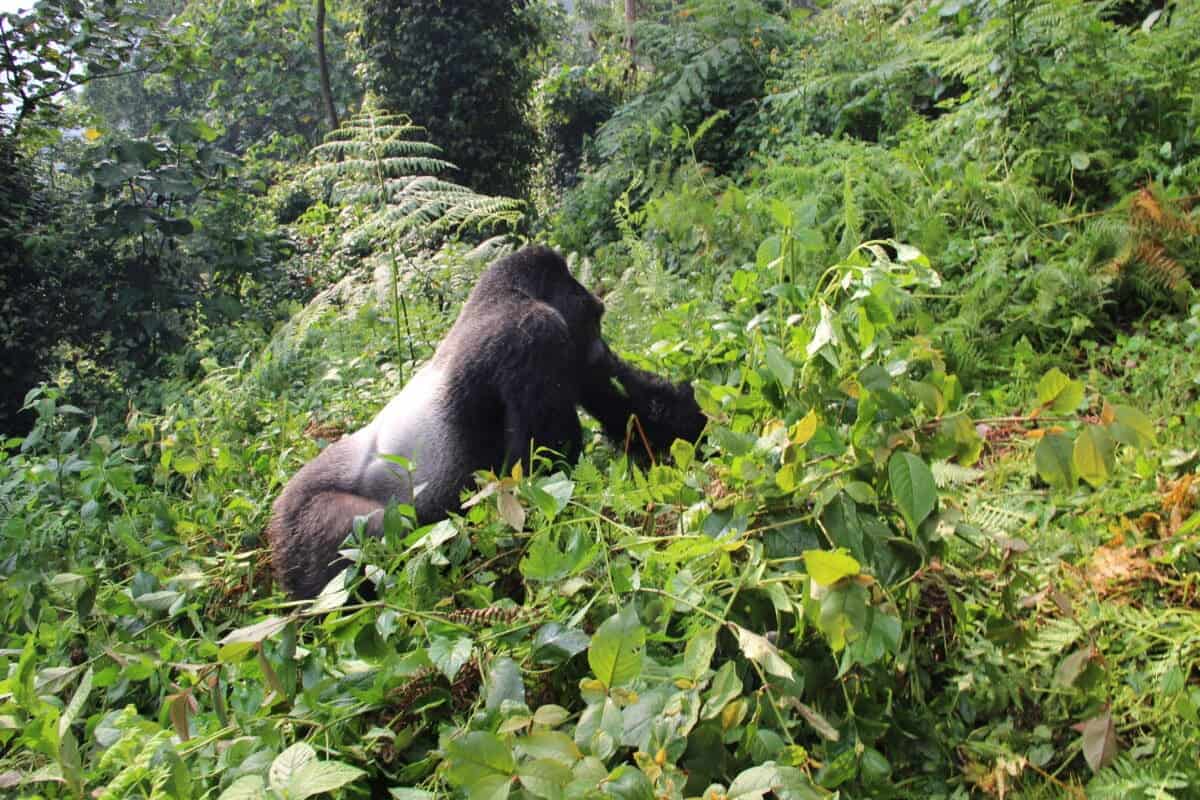
The majestic gorillas, too, express their contentment through purring. These great apes, known for their intelligence and social structures, use purring as a way to communicate pleasure. It’s commonly heard when they’re eating a particularly satisfying meal – much like us humans do.
This sound serves as a non-verbal cue, promoting peace and contentment within the group.
#5 Midnight Murmurs: Raccoons
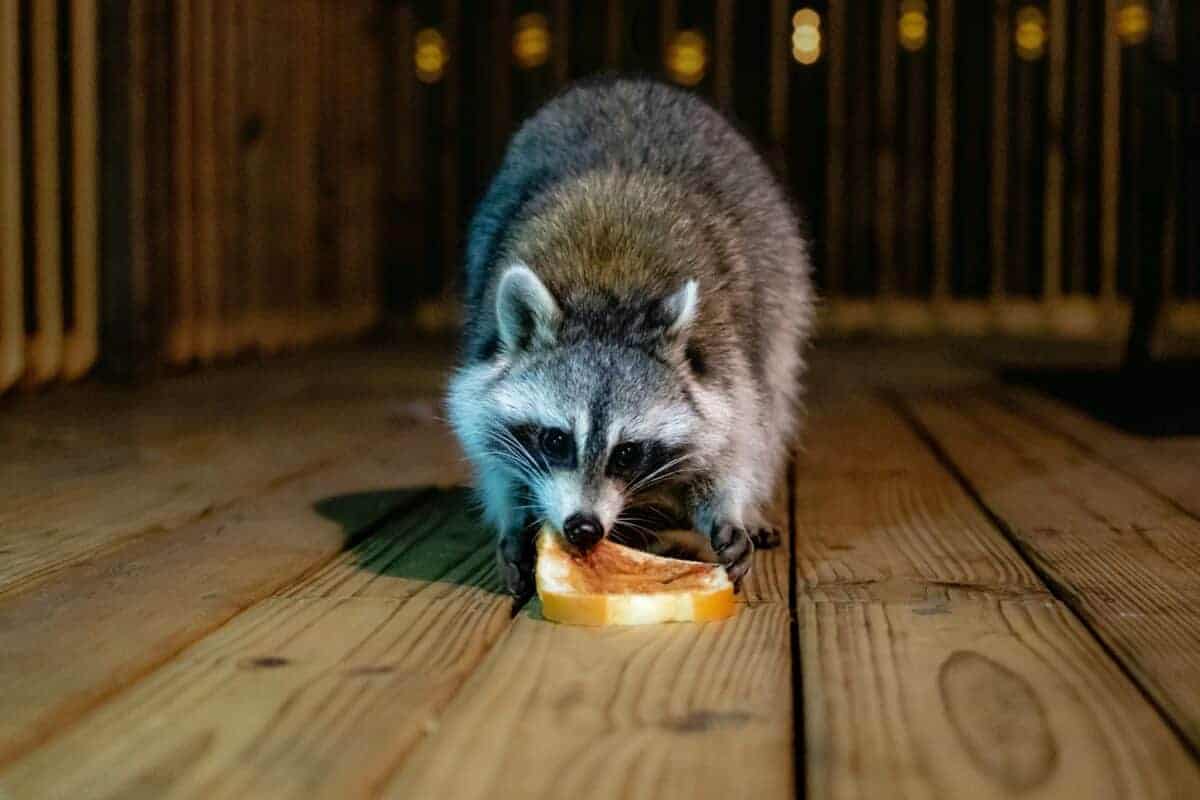
Raccoons, the nocturnal creatures famously known for their dexterous hands, also purr.
Their purring, especially prevalent in young raccoons, is a sign of contentment and can be heard when they are being fed or are cuddling with their peers. This sound is a critical part of their early social interactions and bonding processes.
#6 Tiny But Noisy: Squirrels
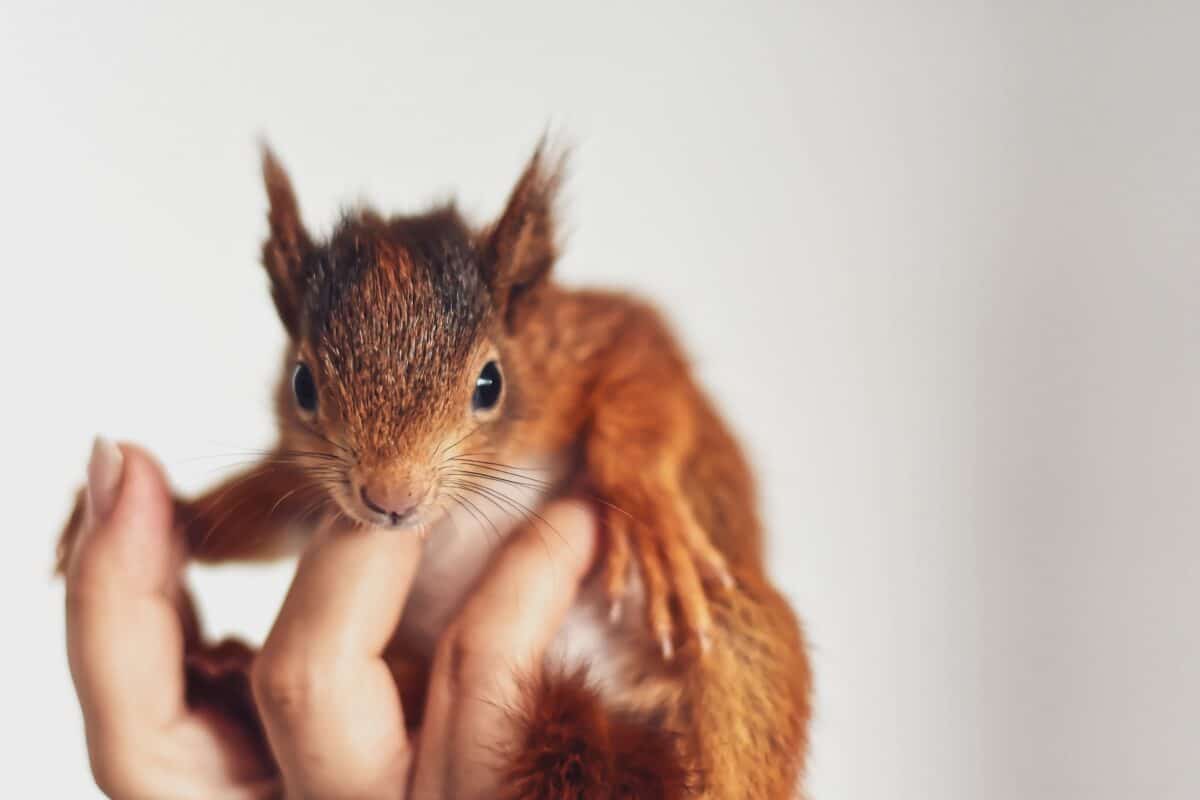
Squirrels, the playful inhabitants of our parks and backyards, have their version of purring. When feeling content or safe, such as when being gently handled or fed, squirrels can emit a soft purring sound. This behavior helps reinforce social bonds and communicates a state of relaxation.
#7 Sneaky Snugglers: Mongooses
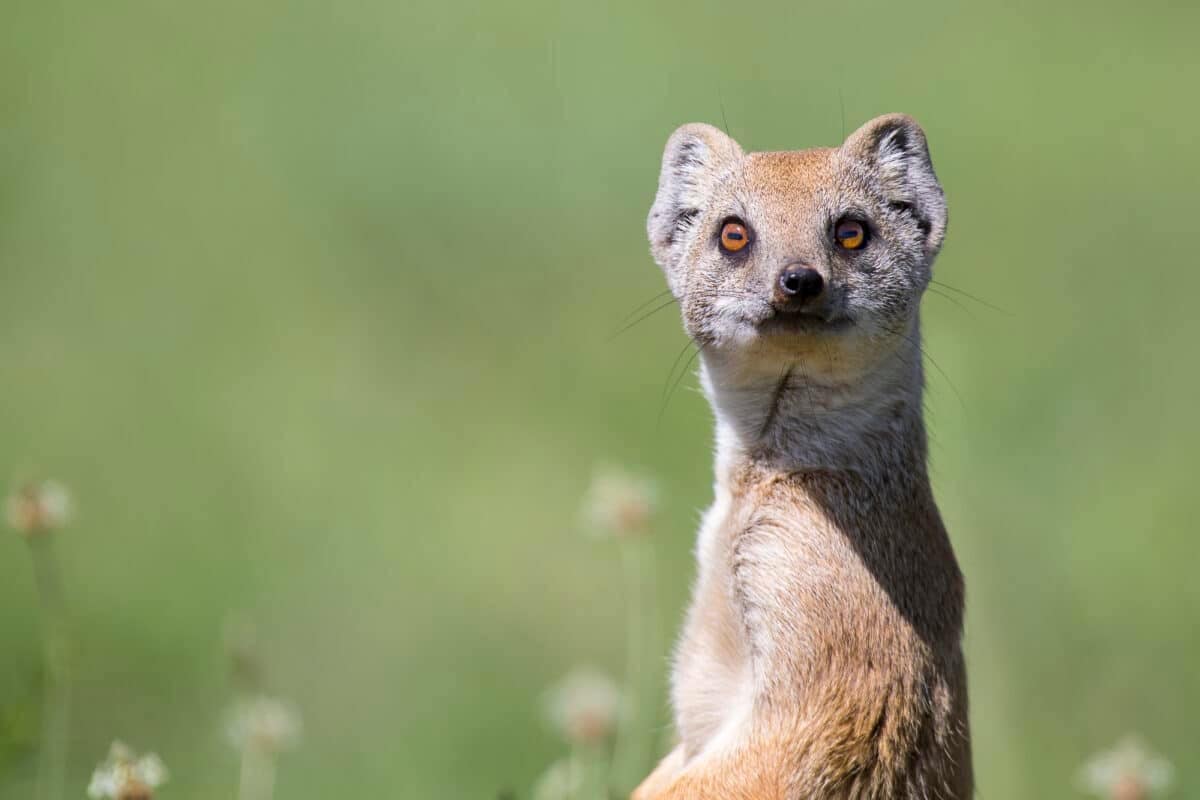
The mongoose, a small carnivorous mammal known for its agility and snake-fighting prowess, also purrs. Their purring, particularly among the young, serves as a way to communicate contentment to their mothers and peers, fostering a sense of security and social cohesion within their groups.
#8 Bear Hugs and Purring Cubs: Bears
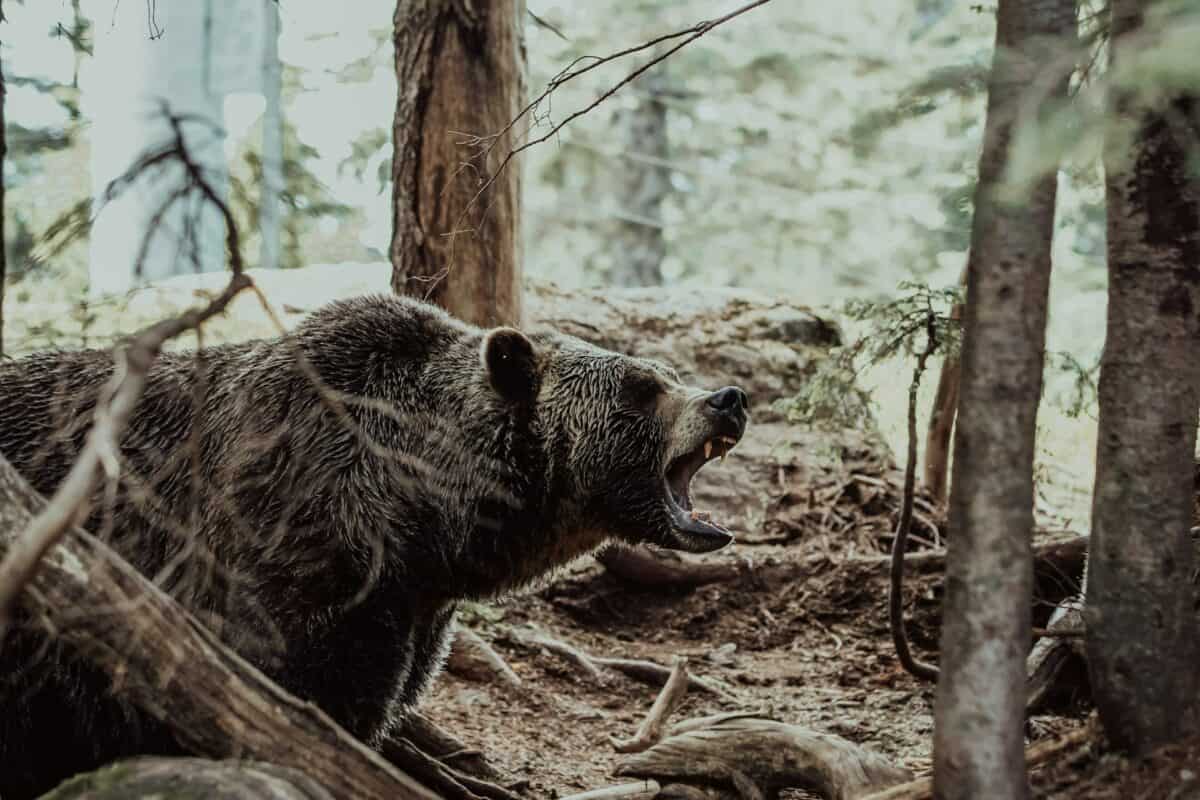
Surprisingly, even bears can purr. Bear cubs, in particular, purr when nursing or cuddling with their mothers, signaling contentment and satisfaction. This sound not only strengthens the mother-cub bond but also ensures the mother is aware of her cub’s well-being.
#9 Prickly Purrers – Hedgehogs
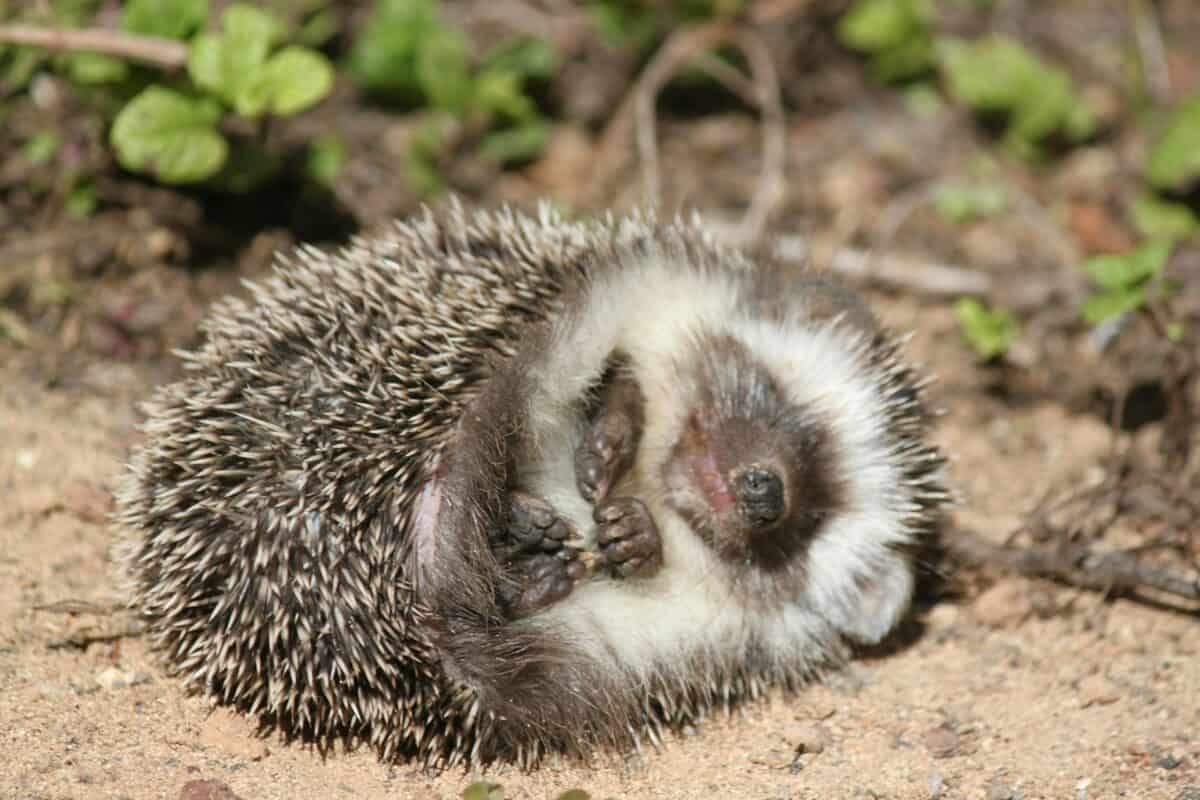
Hedgehogs, with their distinctive spiny protection, are not just about defense. When these small mammals feel safe and content, especially during moments of social interaction like being gently stroked by a human, they can emit a quiet, comforting purr.
If you’re pondering getting a cat, maybe you could consider a hedgehog instead?
#10 Whispers in the Night: Genets
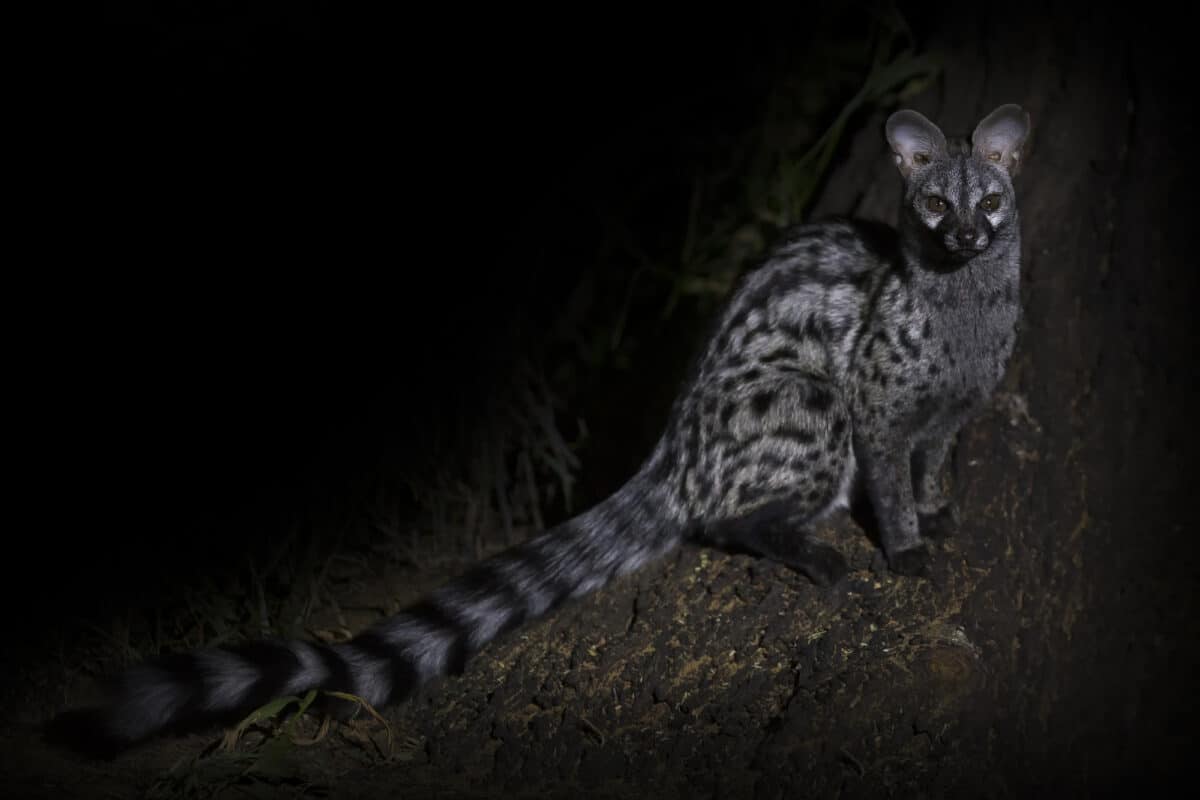
Resembling a cross between cats and civets, genets are elusive creatures of the night. These slender, agile mammals can purr when they are content, particularly when they find themselves in a comfortable, secure environment.
#11 Beyond the Laugh: Hyenas
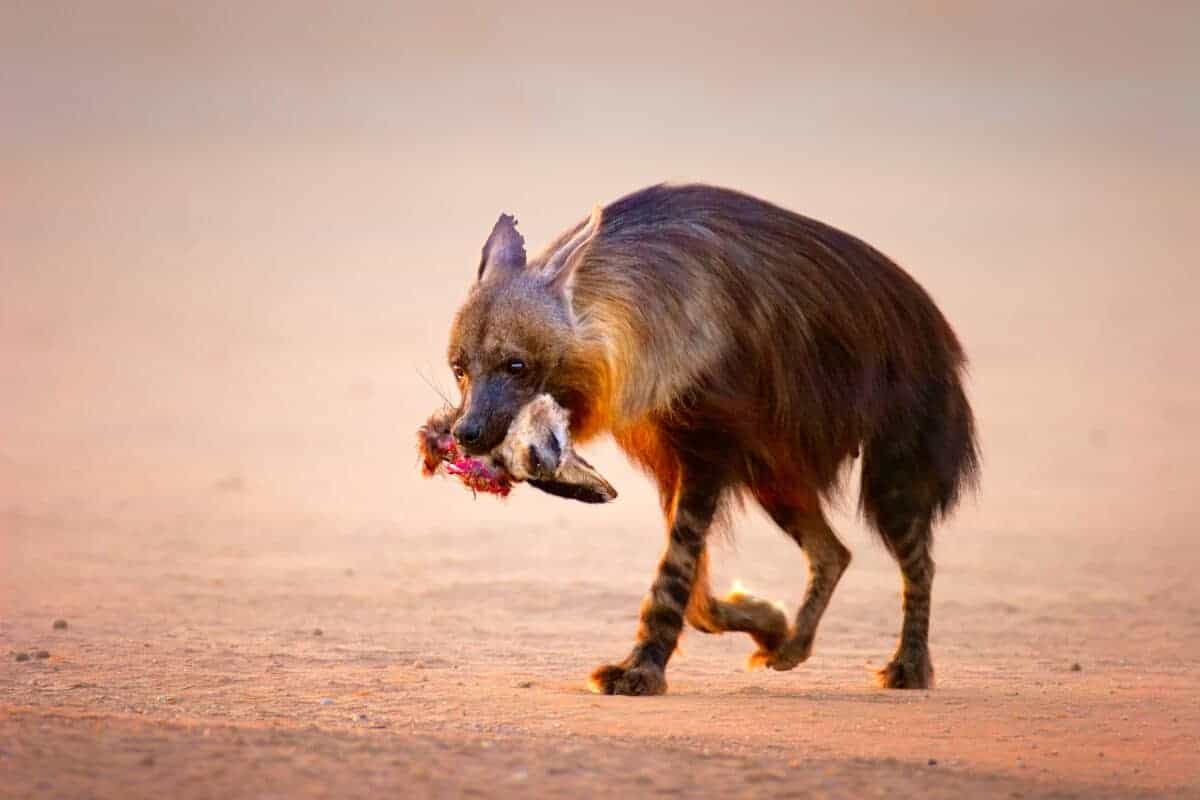
Hyenas, often mischaracterized solely for their “laughing” vocalizations, are capable of a range of sounds, including a purr-like noise. This sound is not commonly heard but is associated with moments of contentment within their complex social structures.
It’s a nuanced form of communication, signaling peace and comfort functions to make their clan even more tightly-knit.
#12 Desert Choirs: Meerkats
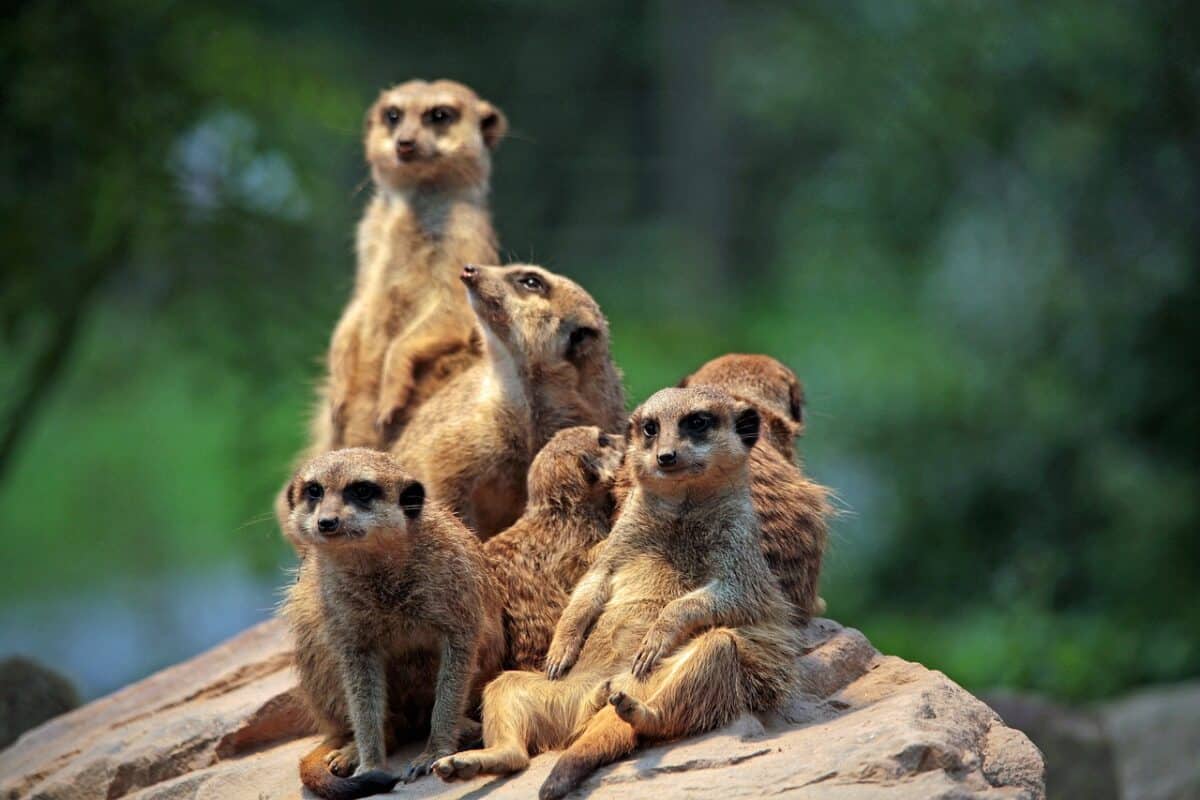
As social animals living in large groups called mobs, meerkats use an array of vocalizations to communicate. Among these sounds is a purr, used to express contentment and reinforce social bonds within the group. This purring can be heard during peaceful moments, such as when they are grooming each other or basking in the sun, emphasizing the importance of close social ties in their survival.
#13 A Speedsters’ Serenade: Cheetahs
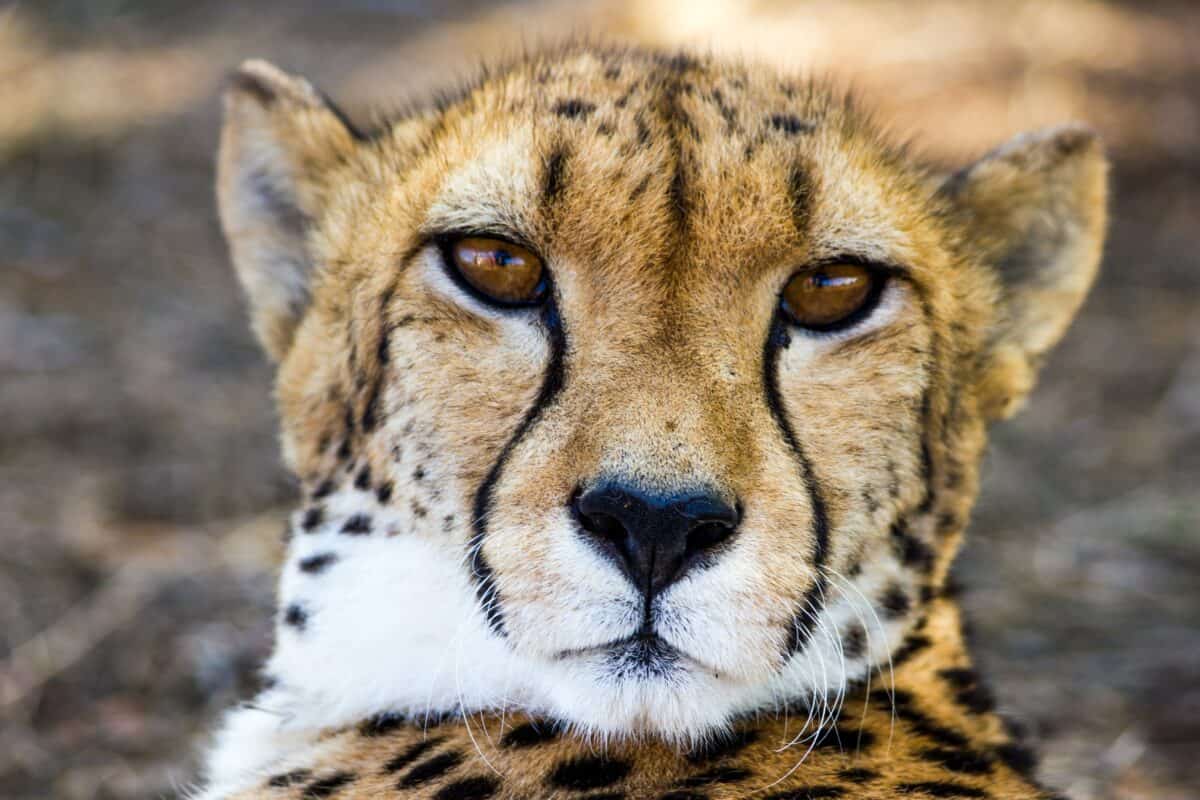
This might not so unexpected considering their close ties to our common house cat. That being said, cheetahs stand out among big cats for their ability to purr continuously, during both inhalation and exhalation.
This purring is particularly evident in moments of close, peaceful social interactions, such as between mothers and their cubs or among siblings.
#14 Forest Whispers: Deer

In the quiet of the forest, young deer, or fawns, communicate with their mothers through soft, purr-like sounds. This gentle vocalization is a signal of contentment and a way for the fawn to maintain proximity to its mother, ensuring protection and care. It’s a tender side of wildlife, emphasizing the nurturing bond between parent and offspring.
#15 Cunning Comfort: Foxes
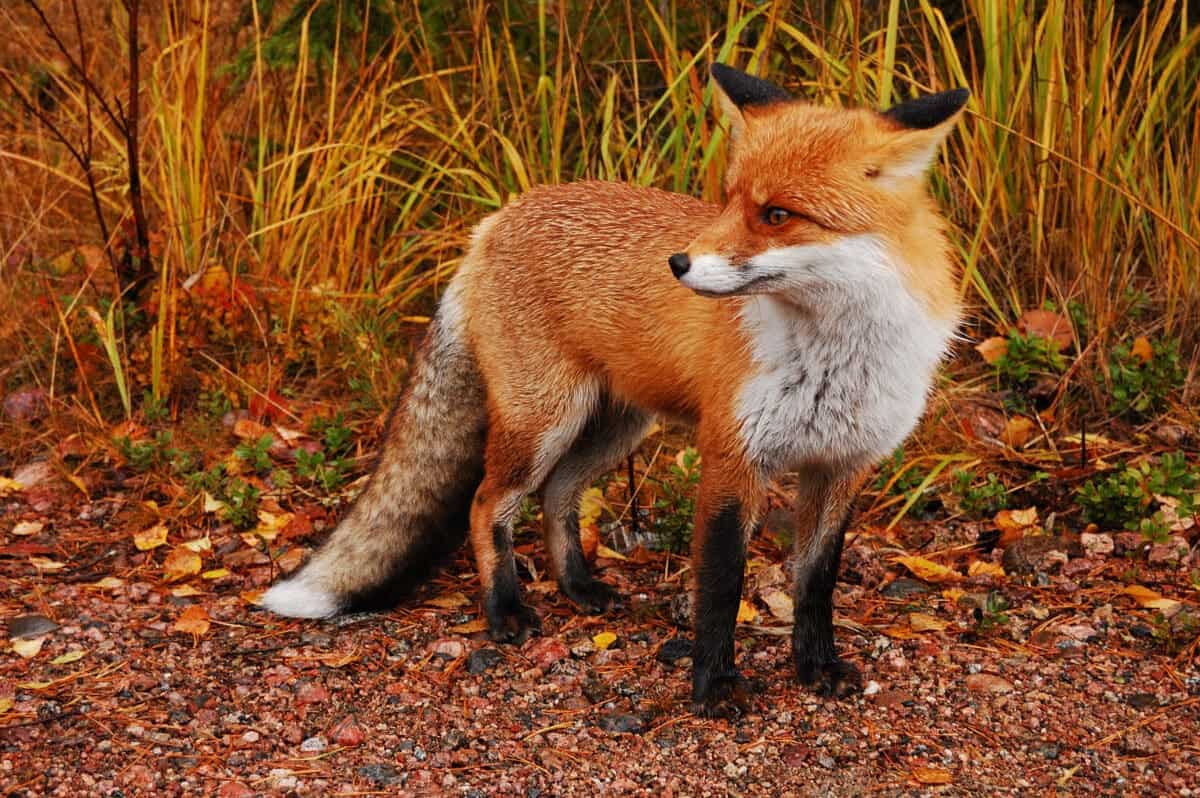
Foxes, known for their cunning and adaptability, also have a softer, more sociable side. Certain species of foxes can produce a purring noise during positive interactions, such as when receiving affection from humans or during playful moments with their peers. This purring serves as a signal of contentment and trust, an insight into the social life of these often-misunderstood animals.
#16 Echoes of the Night: Bats
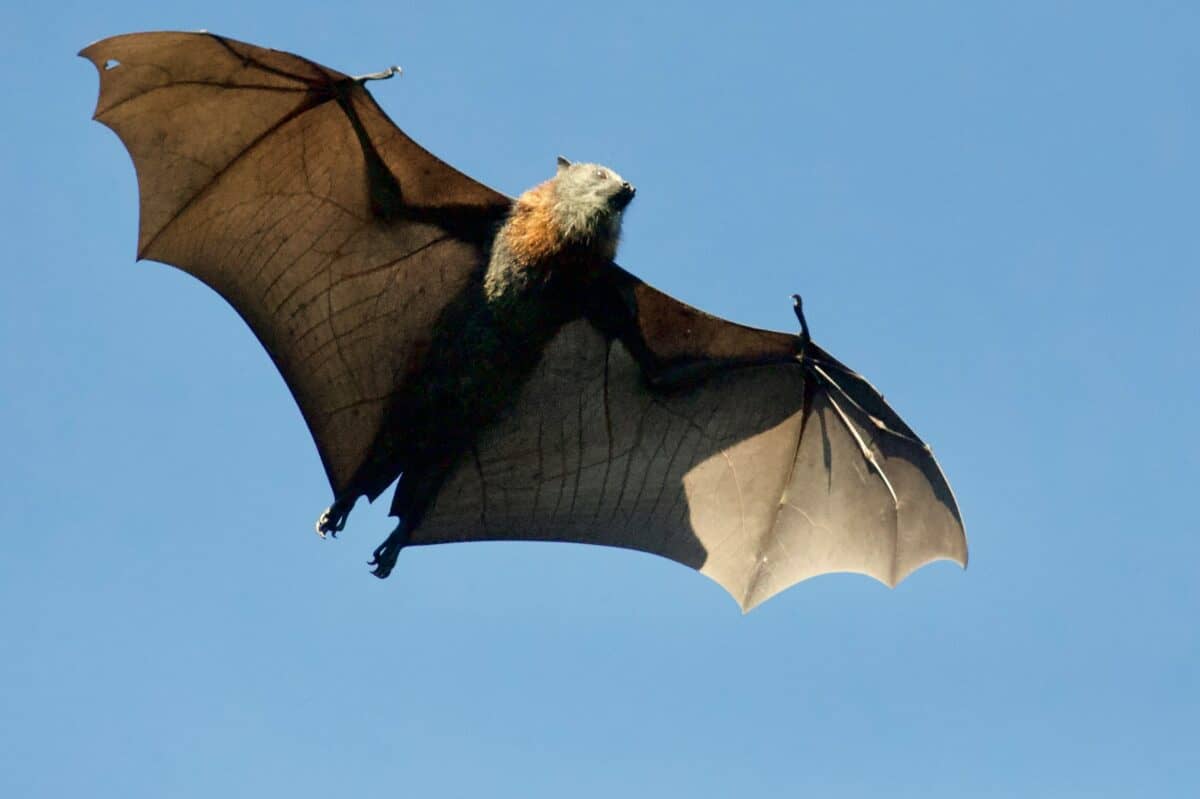
Among the most intriguing of nocturnal creatures, some bat species use purr-like sounds as part of their social interactions within the roost. These sounds may play a role in maternal bonding, helping mothers and their offspring communicate amidst the crowded and noisy environment of the roost.
The Science Behind Purring
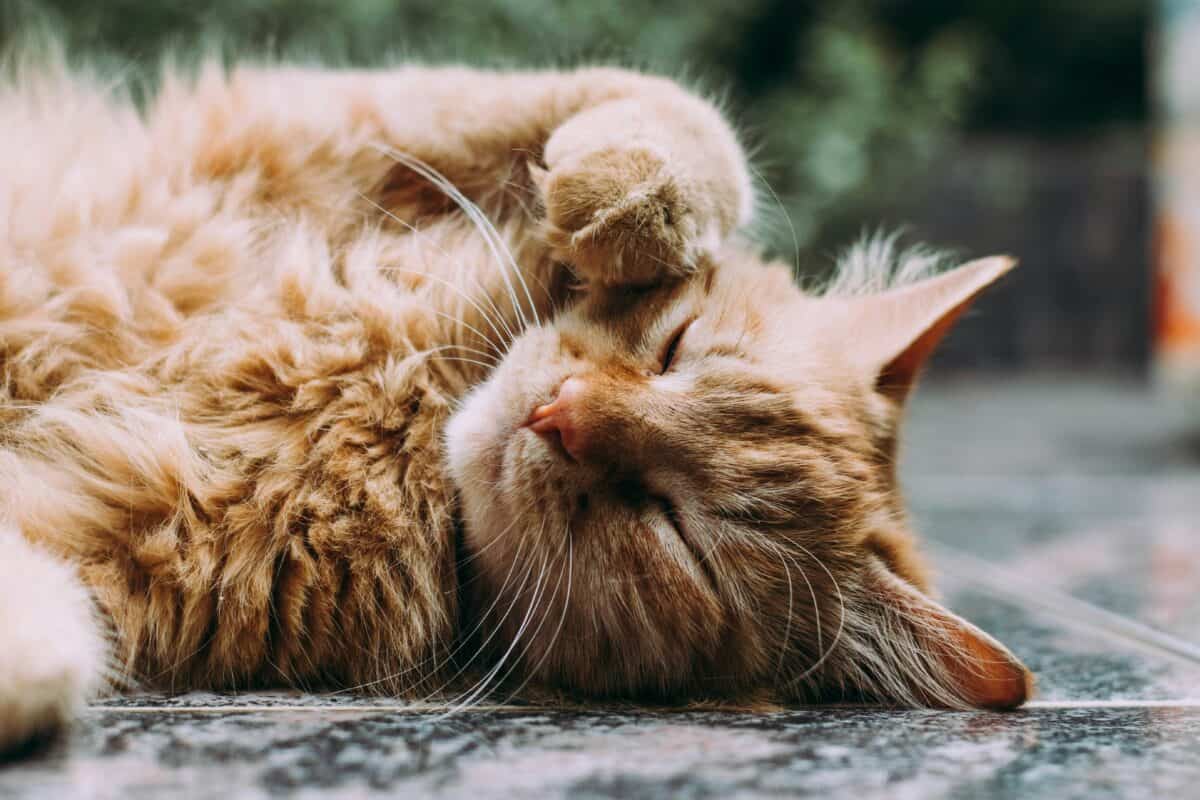
The mechanism of purring varies among animals, but it generally involves the rapid movement of the muscles within the voice box, coupled with the movement of the diaphragm. It’s mostly used as communication of emotional states, promotion of healing through the release of endorphins, and as a means of bonding among social animals.
Unexpected Animals That Purr: Wrapping Up
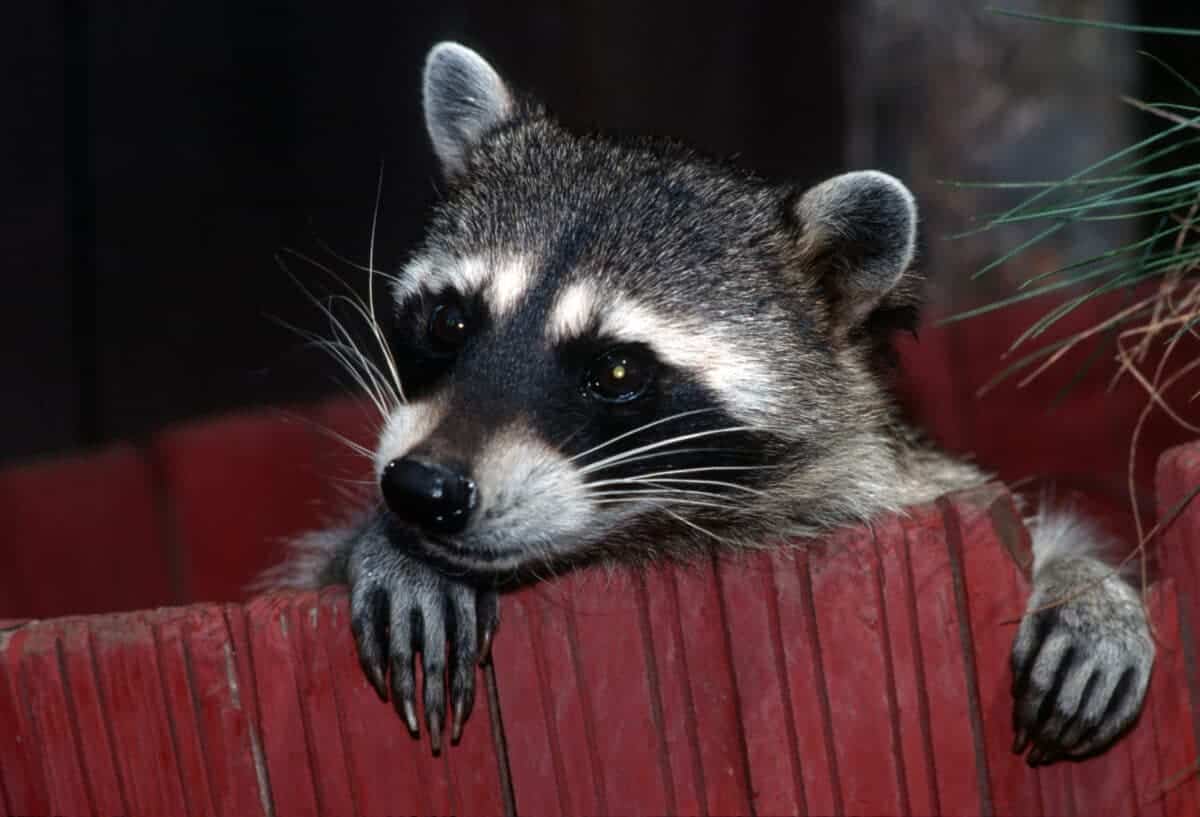
In conclusion, the ability to purr extends far beyond the realm of felines, encompassing a diverse array of animals each with its unique context for this behavior. From the soothing purrs of guineafowl to the comforting vibrations of elephant communications, purring serves as a universal language of contentment and comfort, and healing across the animal kingdom.
Thank you for reading this article about these wildly unexpected animals that purr! Which one were you most surprised by?
For similar reading, take a look here:
- Discover: What Eats Sharks? – 13 Surprising Animals That Eat Sharks
- 15 Fascinating & Weird Animals in the Amazon Rainforest
- Top 10 Ugly Animals
Join our Forum for free today!


